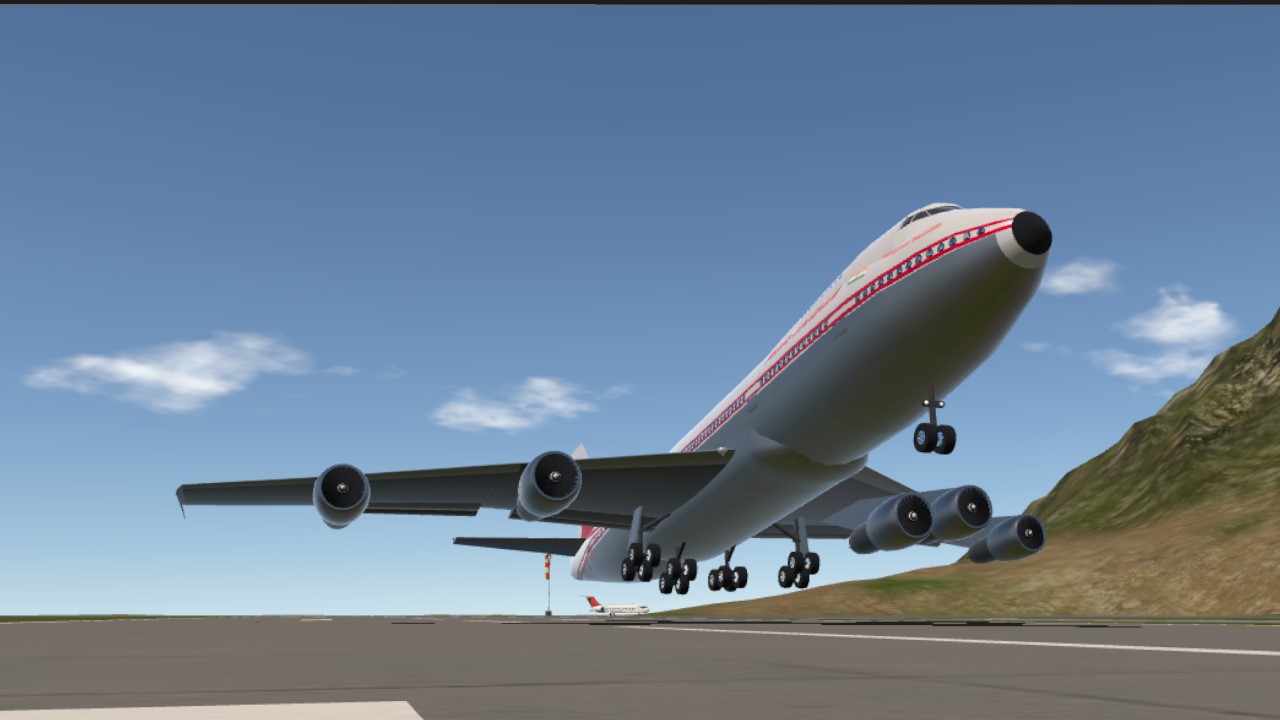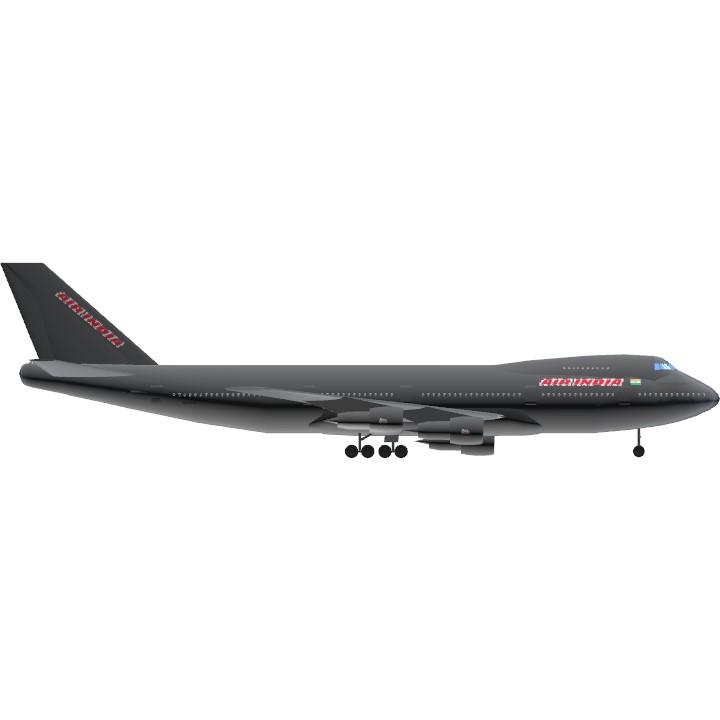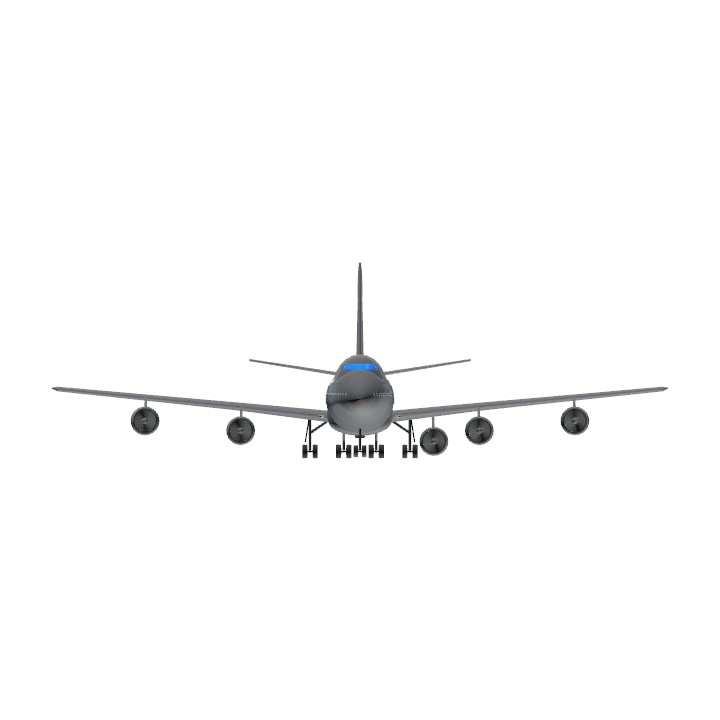
Air India Flight 182 was a passenger flight operating on the Montreal–London–Delhi–Mumbai route, that on 23 June 1985, disintegrated over the Atlantic Ocean as a result of an explosion from a bomb allegedly planted by Canadian Sikh terrorists.[1][2][3] It was operated using a Boeing 747-237B registered VT-EFO. The incident happened en route from Montreal to London at an altitude of 31,000 feet (9,400 m). The remnants of the aircraft fell into the sea approximately 190 kilometres (120 miles) off the coast of Ireland, killing all 329 people on board, including 268 Canadian citizens, 27 British citizens, and 22 Indian citizens.[4] The bombing of Air India Flight 182 is the worst terrorist attack in Canadian history, the deadliest aviation incident in the history of Air India and was the world's deadliest act of aviation terrorism until the September 11 attacks in 2001.[1][5][6] The mastermind behind the bombing was believed to be Inderjit Singh Reyat, a dual British-Canadian national, who pleaded guilty in 2003[7][8] and Talwinder Singh Parmar, a Canadian Sikh separatist leader, who was one of the key individuals associated with the militant group Babbar Khalsa.[9]
The plan's execution had transnational consequences and involved citizens and governments from five nation states. Babbar Khalsa, a Sikh terrorist and Khalistani separatist group, was implicated but not confirmed to be responsible for the bombing.[10] Although a handful of people were arrested and tried for the Air India bombing, the only person convicted was Inderjit Singh Reyat, who pleaded guilty in 2003 to manslaughter.[11][12] He was sentenced to fifteen years in prison for assembling the bombs that exploded on board Air India Flight 182 and at Narita.[13][14]
The subsequent investigation and prosecution lasted almost twenty years. This was the most expensive trial in Canadian history, costing nearly C$130 million. The two accused, Ripudaman Singh Malik and Ajaib Singh Bagri, were both acquitted and found not guilty.
The Governor General-in-Council in 2006 appointed the former Supreme Court Justice John C. Major to conduct a commission of inquiry. His report, which was completed and released on 17 June 2010, concluded that a "cascading series of errors" by the Government of Canada, the Royal Canadian Mounted Police (RCMP), and the Canadian Security Intelligence Service (CSIS) had allowed the terrorist attack to take place.[15]
Credit :
Plane And Cockpit By :
JP11
All Label And Livery By:
Me
Moblie
Specifications
Spotlights
- VietnamAirlinesFlight474 yesterday
- Cellado yesterday
General Characteristics
- Created On Windows
- Wingspan 193.0ft (58.8m)
- Length 225.5ft (68.7m)
- Height 61.5ft (18.7m)
- Empty Weight N/A
- Loaded Weight 160,855lbs (72,962kg)
Performance
- Power/Weight Ratio 1.886
- Wing Loading 21.4lbs/ft2 (104.5kg/m2)
- Wing Area 7,514.5ft2 (698.1m2)
- Drag Points 31892
Parts
- Number of Parts 1197
- Control Surfaces 7
- Performance Cost 5,078







Take my profile picture off this one especially
@MissBlommie
Is At 00:15 UTC (8:15 p.m., 22 June) on 23 June, Air India Flight 181, a Boeing 747-237B named Emperor Kanishka, departed Toronto Pearson International Airport for Montréal–Mirabel International Airport. The aircraft was an hour and 40 minutes late because a "fifth pod" (a spare engine) was installed under the aircraft below the left wing to be flown to India for repairs. Some of the parts had to be stored in the rear cargo compartment. The 5th pod engine was a serviceable spare engine that had been on lease to Air Canada after one of their Boeing 747s suffered an engine failure on the way to India. That engine received a post lease inspection and was declared serviceable by Air Canada personnel.
@MissBloomie you must use english wikipedia,You read the "bombing" section and read near the end, it mentions the plane had engine number 5
@aviationVietNam what part though.. when i read all.. nothing mentioned.. or its just not updated
@MissBloomie Wikipedia mentioned that VT-EFO had engine number 5 (the engine was broken) and the flight was delayed 1 hour and 40 minutes.
@aviationVietNam alright thx for the info.. i couldn't find on Wikipedia mentioning the 5th engine on VT-EFO which the 747 involved.
@MissBloomie Edit: VT-EFO (the crashed 747) had a damaged engine on board and was scheduled to be delivered to Boeing for repair. In the Air crash investigation simulation of Flight 182, there is a detail of "engine number 5", which was the damaged engine and the plane leased by Air Canada to have the engine installed after another 747 of the airline had an engine failure. That engine was inspected after the lease and declared usable by Air Canada staff.
@MissBloomie The 747 has only four engines. The fifth engine has a cowling to improve aerodynamics. The fifth engine is the damaged engine that is being brought back to base for repair. Boeing designed the 747 to be able to do this. They call it "podding." source
why there's 5th engine?